Denmark has always been a nation known and lauded for its keen sense of design and the myriad companies and firms that pump out some of the sleekest, most minimal, yet modern and sexy products you’ll find. From furniture to clothing, fashion accessories to graphic design, the small Scandinavian country seems endlessly endowed with creatives of the highest caliber.
Copenhagen-based eyewear manufacturer Ørgreen has been on our radar ever since their humble beginnings in 1997. We took the launch of their new København sunglass range and their Skyline Edition Swan chairs, originally designed by Arne Jacobsen in 1958, to discuss their roots, their “eyewear as art” modus operandi, and how they’ve gotten to the point of esteem and success they now find themselves in. Read on for the full story as told by founder Henrik Ørgreen.
Let’s start with the beginning. How did Ørgreen come about? 1997 seems like a long time ago… what was your impetus to make an eyewear company then? And how, if at all, has that vision changed?
We did not have any previous experience in the field of designing eyewear and even more importantly producing sun and optical glasses. But when we started out, we set a very high standard from the beginning in what we wanted to do. So we established that we would make no compromises. We have always been very ambitious with our goals from a design perspective and we have very much evolved into using new techniques, new materials, and new combinations. We started out in a back yard in Copenhagen with only the three of us behind the brand and today we have grown into an international [company] represented in more then 42 countries. As we call it, we have a big family now! As a company we have evolved into a respected player in our field and we are seen as being one of the leaders in the optical business because of our creative ideas and different directions―as well as our “no compromises policy.”
What were you and the other founders doing before making Ørgreen? How did your previous work lead into the creation of the company?
Between the three of us, we have a lot of life experience; Danish design school, university, business school―but most importantly what we were self-taught once we got out of school! Our background ranges from all sorts of sports, fashion, party production, world cup skate organization, tradeshow organizer—all that has been fun and challenging and given us tools that we use today in our business.
Part of your foundation is the notion of “eyewear as art.” What does that mean, exactly―and how is it different from “eyewear as fashion”?
We wanted to be more than just another high-end designer brand. We wanted to add an extra dimension to the design process, so instead of just going for the “product design” we wanted to make each frame into unique pieces of art. Today, when we develop a frame, we work a lot with the inspiration from alternative angles. We have no limits and we have no “goal” that we have to achieve. This way we have the more artistic and free approach to the final design, which often gives the design a more edgy look!
Denmark is a country known for design. How does Ørgreen add to this history of product design? Do you see yourselves as part of a long tradition or something new, novel?
Our frames are special for their clean lines, multiple colors, high quality finish, and unique details that always show a new direction. These are actually very traditional Scandinavia values but with our special twist. By this I mean we try to combine these proud values with our many travels and interests from around the world. And by creating the right balance [we make what is distinctly] an Ørgreen frame.
Eyewear can often be attractive or sexy or fun, but, unlike clothing, materials don’t seem to matter too much. That is, the difference between an expensive frame and a cheap one seemingly boils down to the grade of plastic used and quality of hinge. Ørgreen seems particularly interested in materials, however… can you explain a little bit about what sets your products apart from the rest?
Our design is built on a special energy when it comes to lines. We have always played a lot with making the frames shaped well, adding small details that are not overdone but still stand out. Every frame has a different template so we spend extra time making them individual, [giving them a] personality of their own. The two-color combination gives a lot to the shape and it becomes even more attractive, more complete. Our eyewear is one that makes an enhanced version of you―we are not the brand to choose if you want an invisible design! In regards to the materials we use, we work with titanium due to the fact that it is one of the best quality materials in the world when working with metal in small details. This is not just for our designs but also for airplanes, cars, electronics, etc. The main qualities are the strength and lightness of the material. For acetate, this is purely the best material for making sunglasses and optical frames. It manages to be of a great quality and create an expensive, exclusive look at the same time.
When did you open up the office in Japan and how did that expansion come about?
We wanted to change into high-end after a few years, as we wanted to do everything topnotch, and for that reason, we moved our entire production to Japan. We ended up opening our office in Japan around 2003, mostly because today, Japan is seen as the only place where you can make high-end titanium frames in the finish we want. However, if you look at the very first three design we started with, we have kept true to the DNA of Ørgreen, so you will still see the common thread from the first designs to our latest today.
Where does Ørgreen sell the best in the world and how does this correspond to your mission statement and overall aesthetic? Do you see cultural connections? Design parallels?
Our main market is still Europe, with a strong concentration in the Scandinavian and German speaking countries. However, we are growing more and more in Asia and North America. The reason for the last mentioned markets growth is mainly due to our adjustment to them. We are very true to our design philosophy but adjust to the cultural connection, whether in design, colors, names or any other areas. In addition, we have also made special designs for specific markets. For example, we had a great design idea for the Japanese market, so we decided to also launch a version of this for western countries! Also, in general many markets outside of Denmark view Denmark as a design leading country and therefore you often have an easier entry into other markets.
There is a distinctly Scandinavian vibe to your frames that’s hard to finger. Few of the products you release look similar to what’s coming out of American or the rest of Europe. Do you deliberately try to be against the grain or is this just your style… and if so, what is it that distinguishes, say, Milanese eyewear from yours?
Scandinavian frames―or, specifically, Ørgreen frames―are very unique in the sense that they combine the traditional design roots of the North with our many travels from around the world for inspiration. This brings a very good balance into our design, where you will see the clean lines combined with the details that are well thought out but not necessarily [specific to Scandinavian aesthetics]. If you can find this balance, you will, in our opinion, have an international stamp of approval that goes across to all markets. On the other side, when you look at American eyewear or, really, any eyewear for that matter, then you will, from time to time, see similar design directions. So this is where we are the market leaders, and as a market leader you will very often be used as a source of inspiration and that is why we also have had a “poor” record for being among the most copied brands in the world. We also try to go away from what other brands are doing and try to create our own unique direction within design, colors, and certainly materials. I think a unique Ørgreen quality is the combination of the high quality and Danish design, mixed together with our own secret ingredient of inspiration, which comes from far away from our own business. This way you can keep being the innovator and have a position of respect in the industry!
Tell me a bit about your latest special project, the København sunglass range and the Skyline Edition Swan chairs, which were originally designed by architect Arne Jacobsen in 1958. What was the impetus to make the shades? And how do the classic chairs fit in with eyewear?
Ørgreen is famous for streamlined styles, creative color combinations, and precision engineering, and our design inspiration is often drawn from architecture, art, and classic American cars. With the launch of the København (which is Copenhagen in Danish) sunglasses, we wanted to use the Copenhagen skyline because it represents the life and soul of our hometown―a city with rich design traditions but also gaining more and more recognition as the capital of forward-thinking fashion and design. For us, the collaboration highlighted the two brands both renowned for creativity, high quality, and craftsmanship, and through this partnership we found that the similar design values between Ørgreen and Arne Jacobsen were especially expressed through one of the world’s most iconic designs―the Swan chair.
Copenhagen seems like an absolutely wonderful city, and Denmark an incredible country. What is it about your atmosphere and environment that inspires you? And in your free time, what sort of activities do you partake in?
I think in Denmark, we have always had a strong tradition for high quality, functional design with simple lines. This blended with a lot of traveling and the different impressions from around the world truly makes for a modern designer coming out of Denmark today. So inspiration comes from around us, but we always look for the new and not what already exists. This way you’re not following your competitors, which is most important for the Ørgreen design team.
I am a very curious person by nature, so in my free time I do lots of different things together with my girlfriend, especially travelling, which is a favorite of ours! I am always looking for new, interesting things to do that are related to cooking, which is one of my passions. Also, I am a very social person, so I like to meet up with my friends and funky people for good times. And in the wintertime I like to go to the mountains to play in the snow! Before we started Ørgreen, we used to be in the action sports industry, so I still have a hot spot for this in my heart.
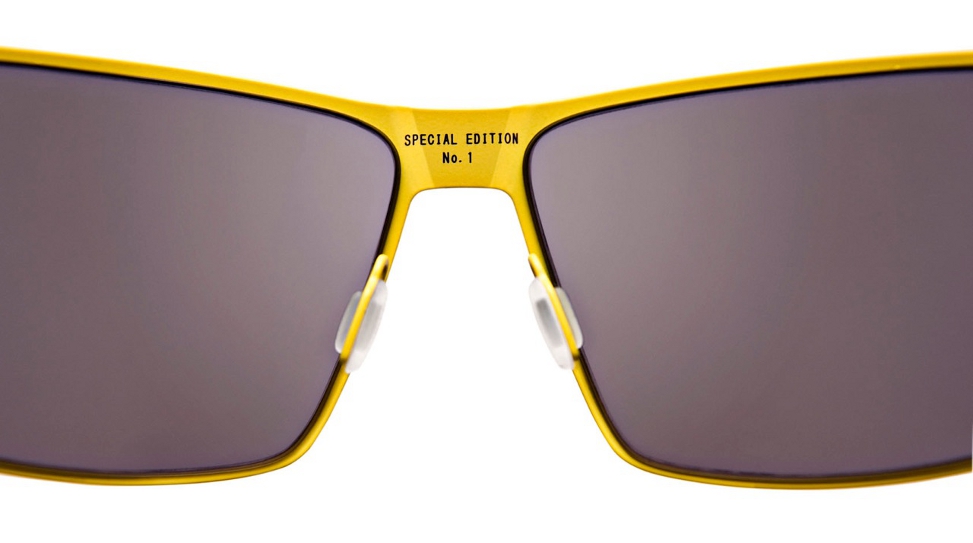

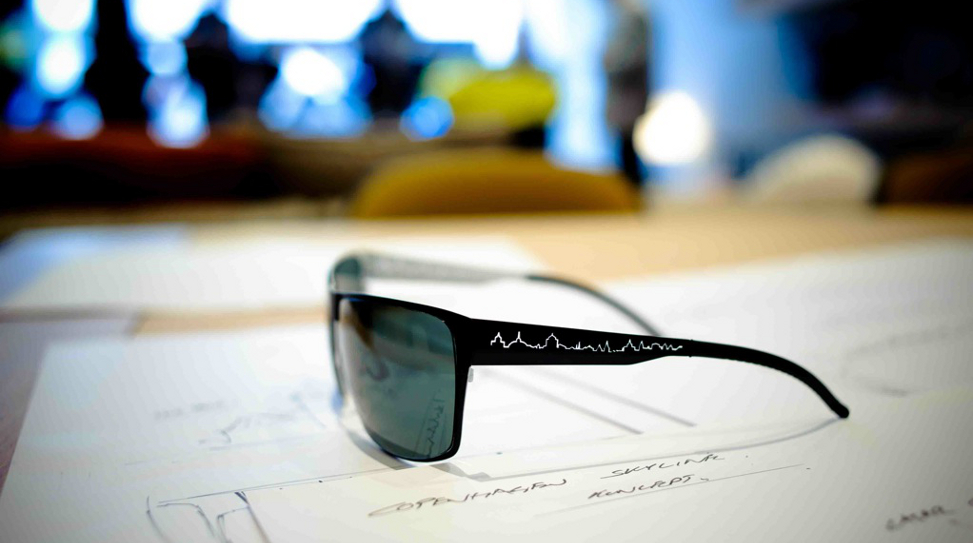
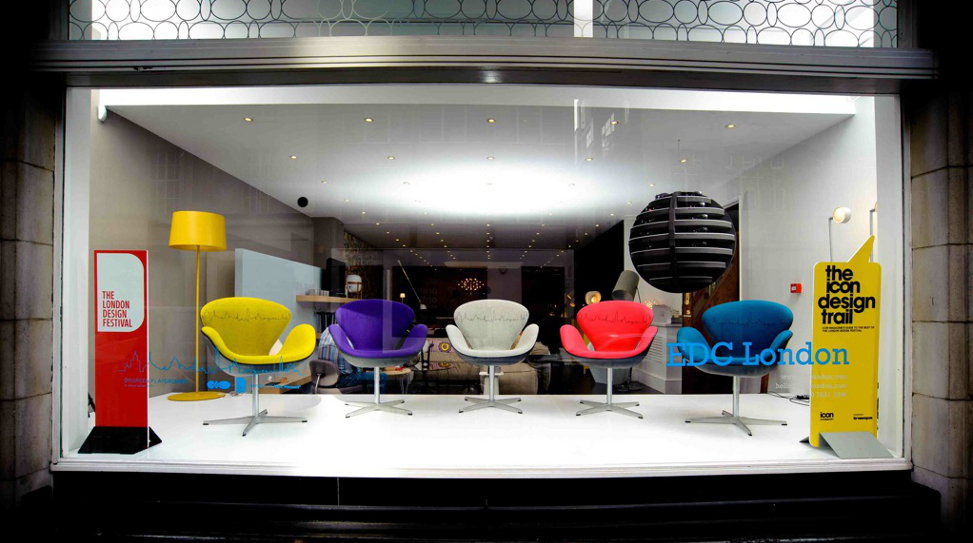
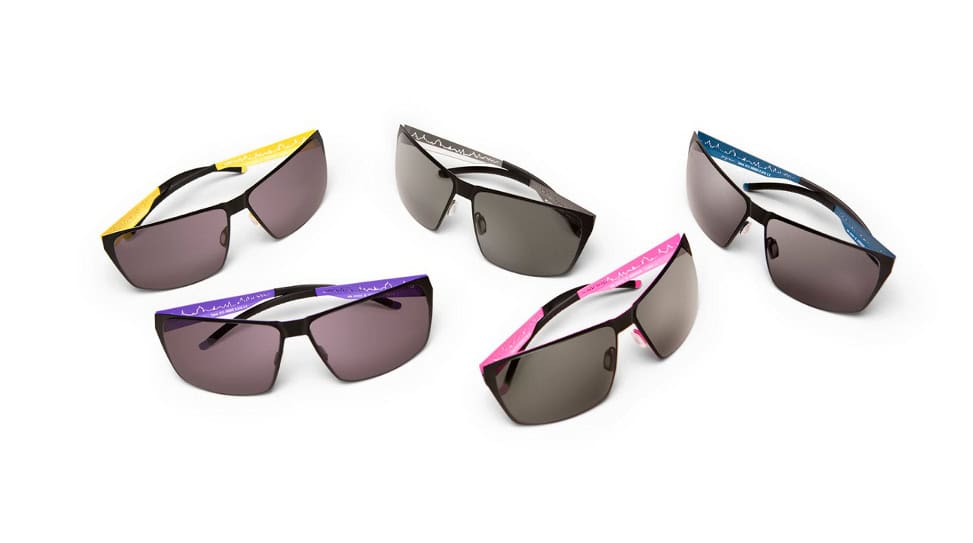

 The Family Man: Tim Blake Nelson
The Family Man: Tim Blake Nelson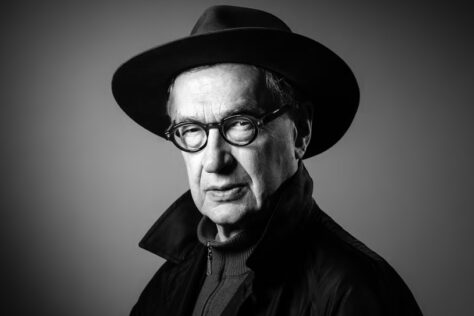 Auteur Series: Wim Wenders
Auteur Series: Wim Wenders
No Comments